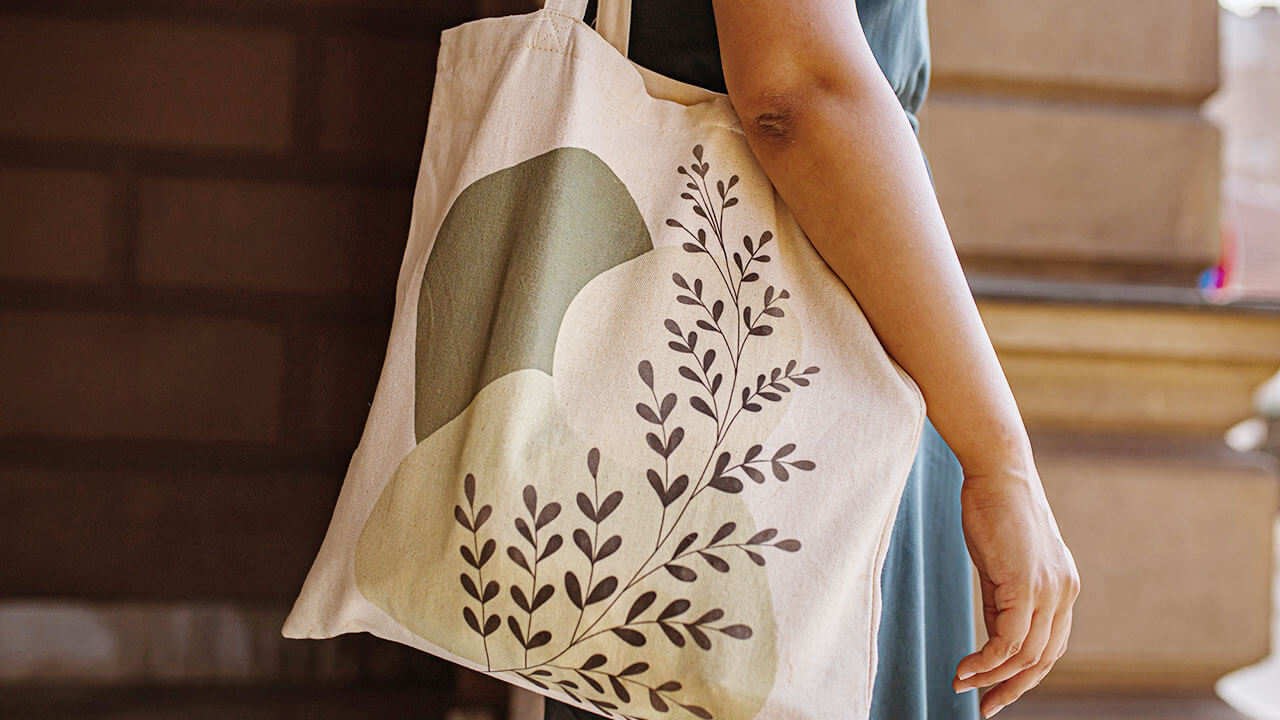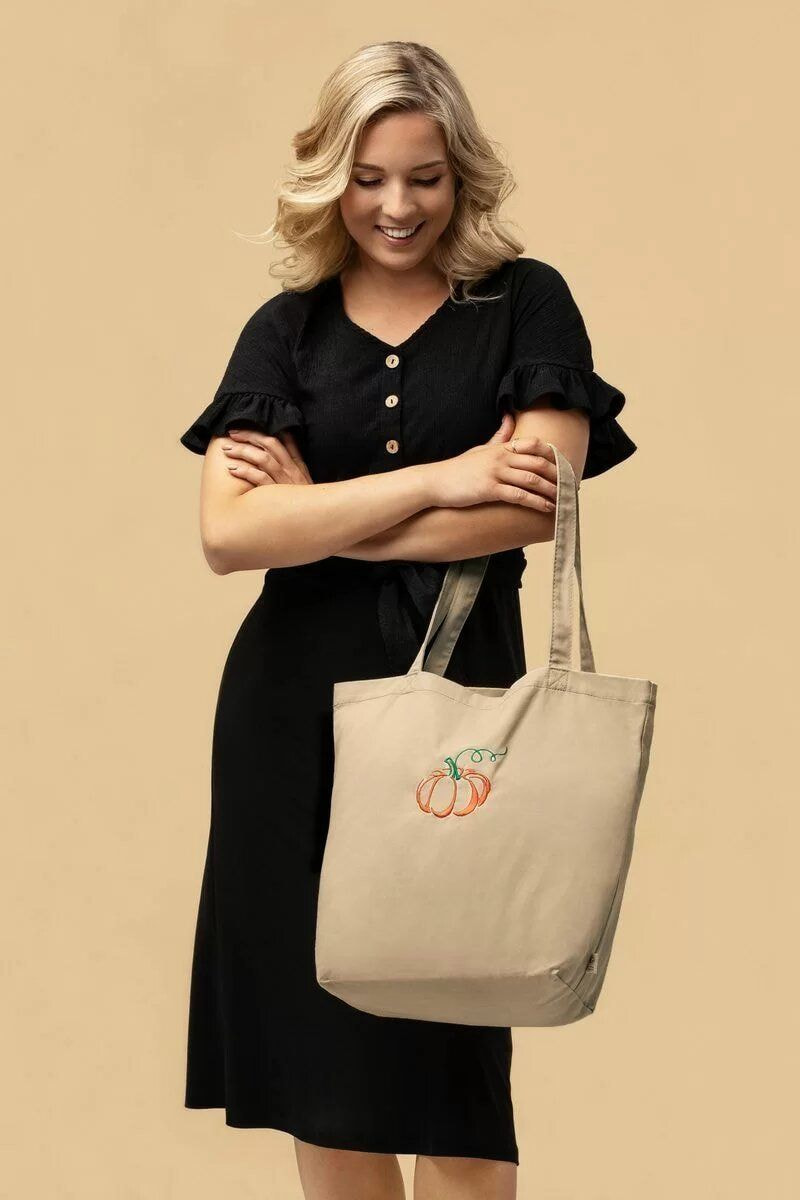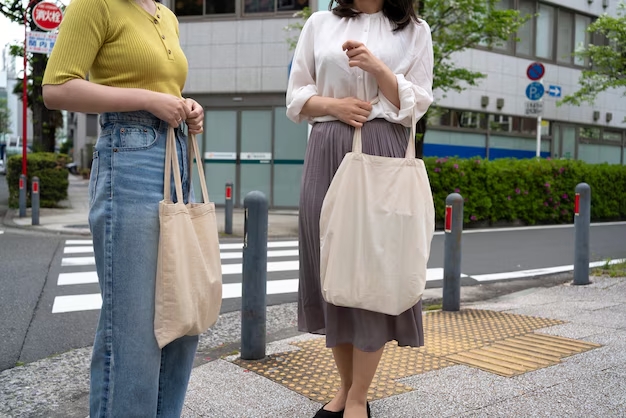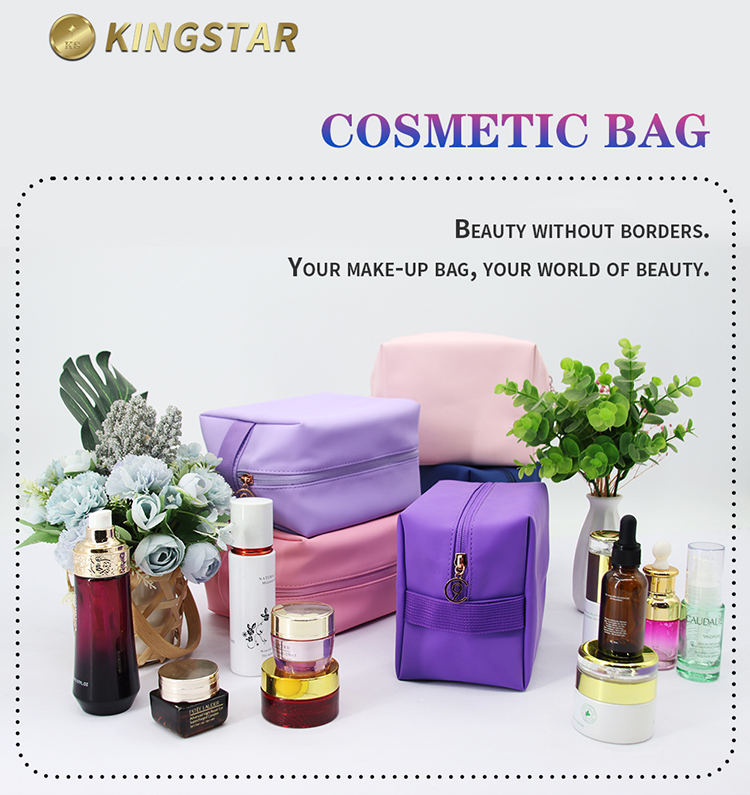Yes, a tote bag business can be very profitable. Success depends on your niche, material quality, branding, and marketing strategy to stand out in a competitive market.

Table of Contents
- What Drives Profitability in a Tote Bag Business?
- Analyzing the Startup Costs: What Is Your Initial Investment?
- How to Price Your Tote Bags for Maximum Profit
- Which Tote Bag Business Model Is Right for You?
- Marketing and Sales: Where Do You Find Customers?
- What Are the Biggest Challenges Shop Owners Face?
- The Path to a Successful Tote Bag Venture

What Drives Profitability in a Tote Bag Business?
The financial success of a tote bag venture hinges on more than just selling a popular accessory. From conversations with established shop owners, we’ve learned that profitability is a direct result of balancing four critical elements: niche selection, material quality, brand identity, and pricing strategy. Simply selling “tote bags” is too broad. Are you targeting eco-conscious consumers with organic canvas? Or are you appealing to professionals seeking durable, stylish carryalls?

Your choice of niche dictates everything that follows. A business focused on low-cost, high-volume canvas totes will have vastly different profit margins and operational challenges than a brand specializing in handcrafted leather goods. At Beldturaleather, for example, our focus on full-grain leather totes allows us to build a brand around durability, timeless style, and craftsmanship. This attracts a specific customer willing to invest in a product that lasts, which supports a higher price point and healthier profit margins.
Ultimately, your ability to create a perceived value that justifies your price is what generates profit. This value is built through a strong brand story, exceptional product quality, and a deep understanding of who your customer is and what they desire.
Analyzing the Startup Costs: What Is Your Initial Investment?
Before calculating potential profits, it is essential to understand the initial and ongoing expenses. Shop owners caution new entrants to meticulously budget for both fixed and variable costs, as underestimating these can quickly erode earnings. The initial investment can range from a few hundred dollars for a print-on-demand setup to several thousand for a business that manufactures its own products.
Essential Fixed Costs
These are the upfront expenses you’ll incur regardless of how many bags you sell. A clear understanding of these costs is the foundation of your financial planning.
- Business Registration & Licensing: The legal fees to establish your company as a legitimate entity.
- E-commerce Platform Fees: Monthly or annual subscriptions for platforms like Shopify, BigCommerce, or Etsy Plus.
- Design Software: Subscriptions for tools like Adobe Illustrator or Canva Pro if you are creating your own designs.
- Equipment: For handcrafted businesses, this includes industrial sewing machines, leatherworking tools, cutting tables, and heat presses. This is often the most significant initial expense.
- Website Development & Branding: Costs associated with logo design, website theme customization, and professional product photography.
Variable Costs Per Bag
These costs are directly tied to the production of each tote bag. Managing these expenses is key to protecting your profit margin on every sale.
- Raw Materials: The cost of fabric (canvas, jute, leather), thread, zippers, buckles, and handles. The difference here is substantial; a yard of basic canvas might cost a few dollars, whereas a square foot of quality full-grain leather can be significantly more expensive.
- Manufacturing/Production: If you outsource, this is the per-unit cost from your supplier. For print-on-demand, it is the base cost of the blank tote and the printing service.
- Packaging: Costs for boxes, mailers, tissue paper, thank-you cards, and shipping labels.
- Shipping: The actual postage cost to send the product to the customer.
- Transaction Fees: Payment processors like PayPal and Stripe typically charge a percentage of each sale.
How to Price Your Tote Bags for Maximum Profit
Pricing is both an art and a science. Price too low, and you leave money on the table and devalue your brand. Price too high, and you may struggle to attract customers. Successful owners typically use a hybrid of two primary models.
The Cost-Plus Pricing Model
This is the most straightforward method. You calculate the total variable cost to produce one tote bag (materials, labor, a fraction of your fixed costs) and add a markup percentage. A common starting point is a 100% to 300% markup (or a 2x to 4x multiplier). For example, if your total cost per bag is $15, a 3x markup would result in a retail price of $45. This ensures you cover all costs and guarantee a profit on each sale. However, it doesn’t account for market demand or the perceived value of your brand.
Value-Based Pricing
This strategy sets prices based on what customers believe your product is worth. This is where brand story, material quality, and unique design play a crucial role. A handcrafted leather tote, designed for longevity and style, offers significantly more value than a generic canvas bag. Therefore, it can command a much higher price, even if the markup percentage is similar. To use this model effectively, you must research your competitors, understand your target audience’s spending habits, and confidently communicate your unique selling proposition. The most profitable businesses often start with a cost-plus calculation to find their break-even point and then adjust upward based on the value they provide.
Which Tote Bag Business Model Is Right for You?
The business model you choose will fundamentally shape your startup costs, daily operations, and profit potential. Each has distinct advantages and disadvantages that cater to different goals and resource levels.
| Business Model | Startup Cost | Profit Margin | Best For |
|---|---|---|---|
| Print-on-Demand (POD) | Very Low | Low (15-30%) | Beginners, designers, testing market demand with minimal risk. |
| Buying Wholesale & Reselling | Low to Medium | Medium (30-50%) | Curators who are skilled at marketing and brand building without manufacturing. |
| Handcrafted / In-House Manufacturing | Medium to High | High (50-70%+) | Artisans, designers with a unique vision, and brands focused on premium quality. |
The handcrafted model, while requiring the most significant investment in time and equipment, offers the highest degree of control over quality and the greatest potential for profit. By managing the entire production process, from sourcing premium materials like full-grain leather to the final stitch, you create a product that is truly unique and can be priced accordingly. This approach allows for building a powerful brand reputation based on craftsmanship and excellence.
Marketing and Sales: Where Do You Find Customers?
Creating a beautiful tote bag is only half the battle; getting it in front of the right audience is what generates revenue. Successful shop owners employ a multi-channel approach to marketing and sales, blending online strategies with offline opportunities.
Building an Online Presence
For most modern tote bag businesses, the digital storefront is the primary sales driver. Your online presence needs to be professional, cohesive, and targeted.
- High-Quality Product Photography: Customers cannot touch or feel your product, so your images must do the work. Showcase the tote from multiple angles, include shots of the interior, and use lifestyle photos to help customers envision themselves using it.
- Social Media Marketing: Platforms like Instagram and Pinterest are highly visual and ideal for showcasing tote bags. Use a mix of product shots, behind-the-scenes content, and user-generated photos to build a community around your brand.
- Email Marketing: Building an email list is crucial for repeat business. Offer a small discount for first-time subscribers and use email to announce new products, share your brand story, and run exclusive promotions.
- Search Engine Optimization (SEO): Optimizing your product listings and website with relevant keywords (e.g., “large leather work tote,” “canvas grocery bag with pockets”) helps potential customers find you through search engines like Google.
Offline Sales Channels
Do not underestimate the power of in-person interactions. Offline channels can be highly profitable and provide valuable customer feedback.
- Artisan Markets & Craft Fairs: These events are perfect for handcrafted goods. They put you directly in front of an audience that appreciates quality and unique products.
- Local Boutiques & Retailers: Partnering with local shops on a wholesale or consignment basis can expand your reach without the need to manage your own physical storefront.
- Pop-Up Shops: A temporary retail space in a high-traffic area can generate significant sales and create a buzz around your brand.
What Are the Biggest Challenges Shop Owners Face?
Conversations with entrepreneurs reveal common hurdles on the path to profitability. Awareness of these challenges can help you prepare and strategize effectively.
The most cited challenge is market saturation. The barrier to entry for simple canvas totes is low, leading to a crowded marketplace on platforms like Etsy. To succeed, you must differentiate. This can be through unique designs, superior material quality, a compelling brand story, or by serving a very specific niche.
Another significant challenge is managing inventory and supply chain. For those who manufacture their own bags, sourcing consistent, high-quality materials can be difficult. Running out of a popular material can halt production, while over-ordering ties up capital in unsold stock. Effective inventory management is a skill that develops over time but is critical for maintaining cash flow.
Finally, time management is a constant struggle for small business owners. When you are the designer, manufacturer, marketer, photographer, and customer service representative, it is easy to become overwhelmed. Prioritizing high-impact tasks and knowing when to automate or outsource are key to sustainable growth.
The Path to a Successful Tote Bag Venture
A tote bag business is indeed a viable and potentially lucrative endeavor. Profitability is not a matter of chance but the result of deliberate choices. It begins with identifying a specific audience and creating a product that serves their needs better than anyone else. Whether through whimsical printed designs on canvas or the understated elegance of a handcrafted leather carryall, your unique value proposition is your greatest asset.
Success requires a firm grasp of your finances, from initial startup costs to the per-unit price that ensures a healthy margin. It demands a persistent and creative marketing effort to build a brand that resonates with customers. While challenges like competition and supply chain management are real, they can be overcome with careful planning and a commitment to quality. The most successful owners are those who are passionate about their craft and strategic about their business, turning a simple accessory into a symbol of style, function, and entrepreneurial achievement.

